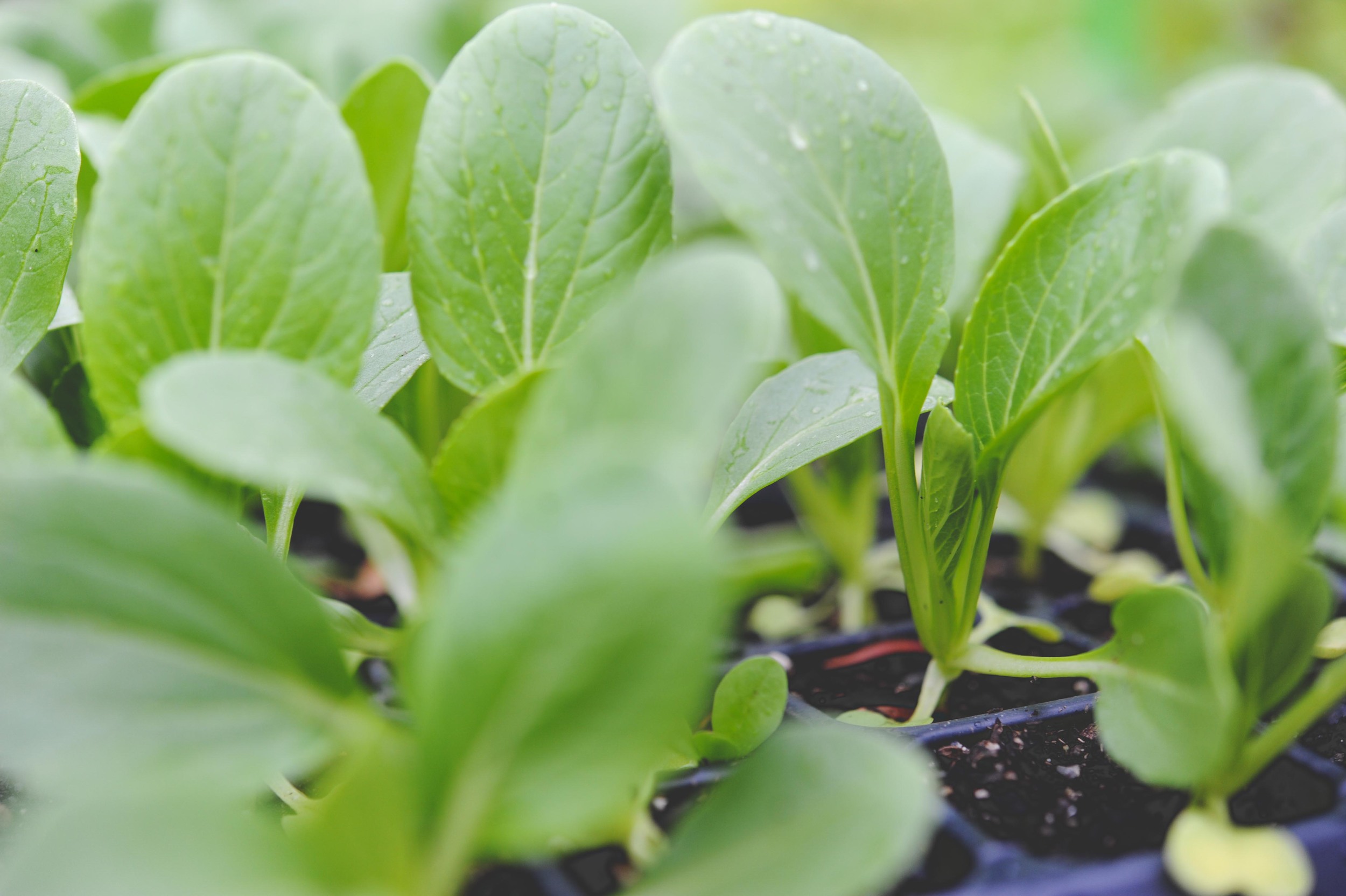Winter hasn’t even officially begun but, believe it or not, it’s time to start thinking about buying seeds for the spring! Not only can getting your seeds early allow for a jump-start on your spring planting, but onion and leeks actually need to be seeded as transplants in January so they have enough time to size up before being planted out in the garden in the early spring. Crops that can be started early for spring harvests are: broccoli, kale, cabbage, chard, celeriac, celery, collards, scallions, parsley, peas.
Seeding transplants is relatively simple. You will need:
Seeds
Germination soil/ lightweight soil mix (this can be purchased or you can make your own using this recipe)
Containers (egg cartons, plug trays, newspaper pots or 4" pots)
Balanced fertilizer (some people recommend against this because they say it reduces the germination rate. If fertilizer isn’t mixed in the soil, once the plant has germinated, the only way to feed it as a seedling is to use liquid fertilizer. This can be messy if you are starting seeds in, say, your kitchen window so we suggest that for the home garden –and it’s what we do! Just don’t add too much…)
Water
How to start seeds as transplants:
1. Read seed packet carefully to determine the planning depth of the seeds you plan to start, as well as their germination rate* and germination time.**
2. Fill your seed tray of choice with seed starting soil.
3. Scrape excess soil.
4. Lightly compact soil (according to the planting depth) by placing a container of the same size and shape over your soil filled container and gently press down.
5. Place 1-3 seeds (according to germination rate) in each cell***.
6. Cover seeds with soil (keeping in mind planting depth again) and water.
7. Place trays or pots in a warm place that gets relatively even sunlight. If part of the tray or pot is in the shade, those seeds grow to be ‘leggy,’ meaning the growth of the stem will be disproportionate to the growth of the leaves.
8. Keep seedlings moist by watering them regularly. It is important to remember that small containers dry out quickly so if you are new to seed starting it may be good to check your seedlings more often than you think.
When to start seeds as transplants:
Mid-January: Onions and Leeks
Mid-February-March: Brassicas (Bok Choi, Broccoli, Cabbage, Collards, Kale, Kohlrabi), Celeriac, Chard, Head Lettuce, Parsley, Peas, Scallions, Spinach, Tomatoes
March: Brussels, Cucumber, Eggplant, Peppers, Summer Squash
April: Basil, Fennel, Fall Brassicas, Sweet Corn, Tomatillos, Winter Squash
*Germination rate: Percentage of seeds that are likely to germinate
**Germination time: How long it will take the seeds to germinate. If you have seeds that take 3 days to germinate, and seeds that take 14 days, it may be best to keep them in separate containers.
***Onions and leeks can be seeded in masses and then separated at the time of planting. Scallions can also be seeded in masses, but do not need to be separated at the time of planting. In on of the cells shown in the photos, we would plant 6-8 scallion seeds and then transplant the bunches into the garden.
Looking for a great gift idea?
Seeds and seeds starting tools such as seeds, trays, and plant tags are thoughtful gifts that keep on giving!
We feel strongly about supporting small, local seed companies such as Fedco, Territorial Seed Co, and Wild Garden Seeds. If you are looking for great seeds, we recommend you check them out!

